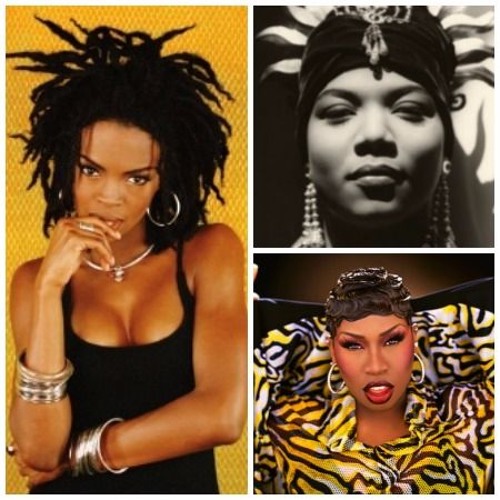
Nitty Scott, Princess Nokia, CHIKA, cupcakKe, Ill Camille, Blimes, Mystic, Yungen Blakrob, Gifted Gab, Gavlyn, and Reverie.

Other female emcees inexplicably left out of the conversation include Doja Cat. This book’s greatest sin is its exclusion of Noname. As someone raised in the “Stay Fly” era of Three 6 Mafia, I appreciate Iandoli for reintroducing me to their dark and melodic earlier music. In the 90s and early 2000s, Iandoli focuses her attention on Gangsta Boo of Three 6 Mafia, Missy Elliot and of course the incomparable Ms. Otherwise, the brief sprinkling of biographical detail makes the personal feel more tabloid-ish than analytical, historical, and political. While commercial success is a laudable accomplishment and an important landmark in hip-hop history, I appreciated the moments where the book dove into the personal stories of emcees, as it had with Roxanne Shanté. Hip-hop was in many ways a response to gang culture of New York, a story frequently dominated by boys and men, although there were also female cliques with their own histories.Īs the book started to dip into hip-hop history more familiar to me, into the eras of Rah Digga, Lil Kim, and Foxy Brown, and Da Brat, I was disappointed by Iandoli’s over-emphasis on numbers, how many hit songs the women managed to produce.

By my estimation, Iandoli’s greatest blunder in these early chapters describing the birth of hip-hop and female rappers of the 80s is her failure to include anything about female gang culture in New York at the time. Here, I especially appreciate how Iandoli outlines the way Roxanne Shanté transformed battle rap at the age of 14. Women also lay claim to the first hook in hip-hop on “Funk You Up” by The Sequence, an accomplishment usually attributed to Kurtis Blow on “The Breaks.” In the early chapters, I most appreciate Iandoli for introducing me to Sparky D, Monie Love, JJ Fad, Oaktown’s 357, Queen Pen, and Us Girls I appreciate her for re-introducing me to Roxanne Shanté, who I’ve subsequently fallen in love with, MC Lyte, Queen Latifah, Yo-Yo, Ladybug Mecca, and Salt N Peppa. Acclaimed hip-hop journalist Kathy Iandoli shows how women were central to the story of hip-hop from the start: It was Kool Herc’s sister, Cindy Campbell, who came up with the idea to throw hip-hop’s first party to raise funds for her back-to-school wardrobe.


 0 kommentar(er)
0 kommentar(er)
